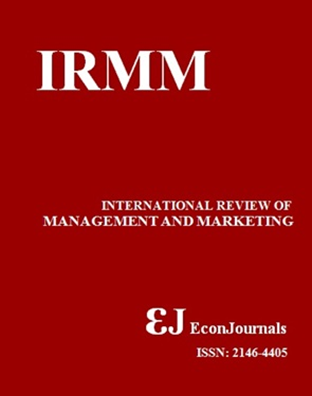Media Through the Prism of Stereotypes
Abstract
Modern media are responsible for channeling the information to multifarious audience groups. The article presents an attempt to offer a comprehensive vision of media research field, ranging from a big sphere of media communication laws and regulations to cases of political and financial representations in media. The key idea of the article is a new media research paradigm, based on the analysis of modern stereotypes. Stereotypes in media are described, according to the principle of information maximum. Key methods of the research are ethnographical description and omnibus survey. The results of the research highlight expansion and idealization strategies of modern media stereotypes. Expansion strategy is achieved through relatively new stereotypes of Asian people in modern world. Idealization strategy is described within the framework of Russian high income middle-aged respondents of an omnibus survey. Based on the omnibus survey results, the paper testifies to the fact that the poor are reluctant to admit the leading function of the media language in their day-to-day communicative social interaction, while the rich stress the significance of media routine expressions, actualized in verbal social intercourse. This fact alone is a strong signpost to the theory that the rich middle-aged individuals are more agreeable with present social norms, offered by the media, than the poor. High income people follow these verbal signposts and accept them as behavioral models. The paper has a number of theoretical and practical outcomes, relevant to present-day understanding of media genesis.Keywords: society, communication, media, stereotype, income, ageJEL Classifications: O32; O33; Z13; Z18Downloads
Published
2015-12-05
How to Cite
Zavyalova, N. (2015). Media Through the Prism of Stereotypes. International Review of Management and Marketing, 5(1S), 126–130. Retrieved from https://www.econjournals.com/index.php/irmm/article/view/1630
Issue
Section
Articles




